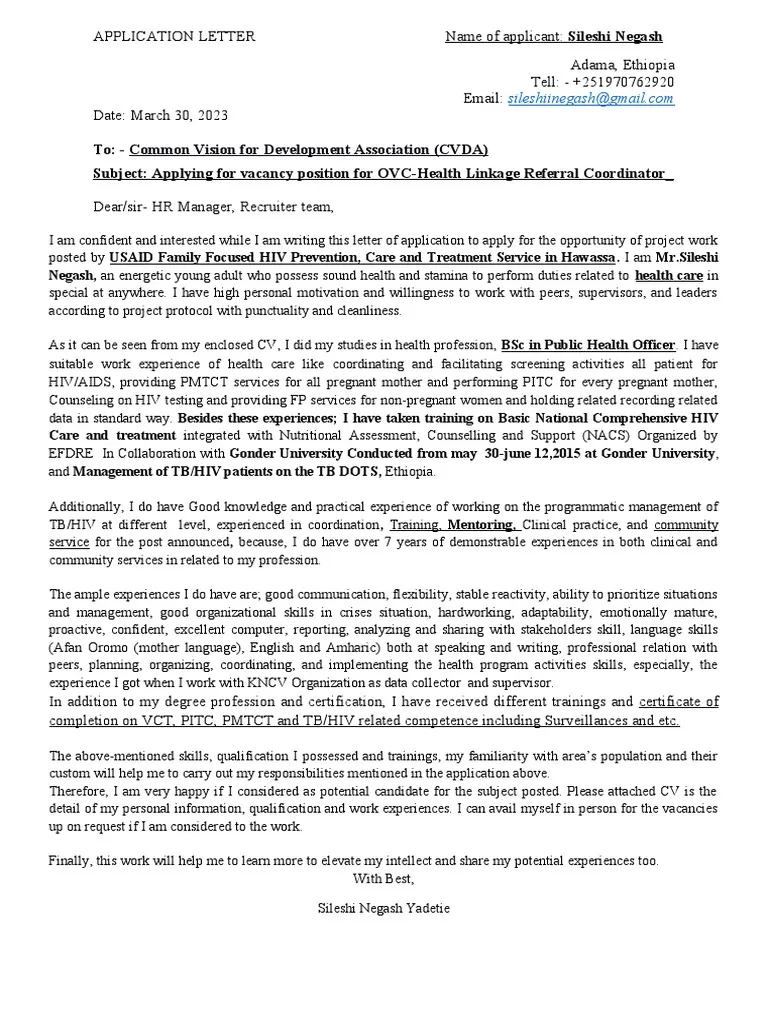Why a Strong Healthcare Cover Letter Matters
In the competitive landscape of healthcare jobs, a well-crafted cover letter can be your key to unlocking opportunities. It’s your first chance to make a strong impression on potential employers and showcase your unique qualifications. A compelling cover letter goes beyond simply reiterating your resume; it tells a story, demonstrating your passion, skills, and how you align with the specific role and the healthcare organization’s values. A poorly written cover letter, on the other hand, can immediately disqualify you, even if you have excellent qualifications. That is why taking the time to create a thoughtful and personalized cover letter is crucial for your success in the healthcare field. It allows you to distinguish yourself from other candidates, highlighting your understanding of the role and your commitment to the healthcare profession. Remember that the goal is not just to get your foot in the door, but to make a lasting positive impression that will help you get the job.
Crafting Your Healthcare Cover Letter Header
The header of your cover letter is the initial point of contact for the hiring manager, making it critical to present a professional and polished appearance. A well-structured header sets the tone for the rest of your letter and provides essential information that allows the recruiter to easily identify you and your application. A clear, concise, and properly formatted header not only looks professional but also saves the hiring manager time by instantly providing the necessary contact details. This attention to detail demonstrates professionalism and your commitment to presenting a polished application, which can significantly boost your chances of getting noticed and being considered for the role. Therefore, a well-designed header is an important element of an effective healthcare cover letter, making a great first impression.
Your Contact Information
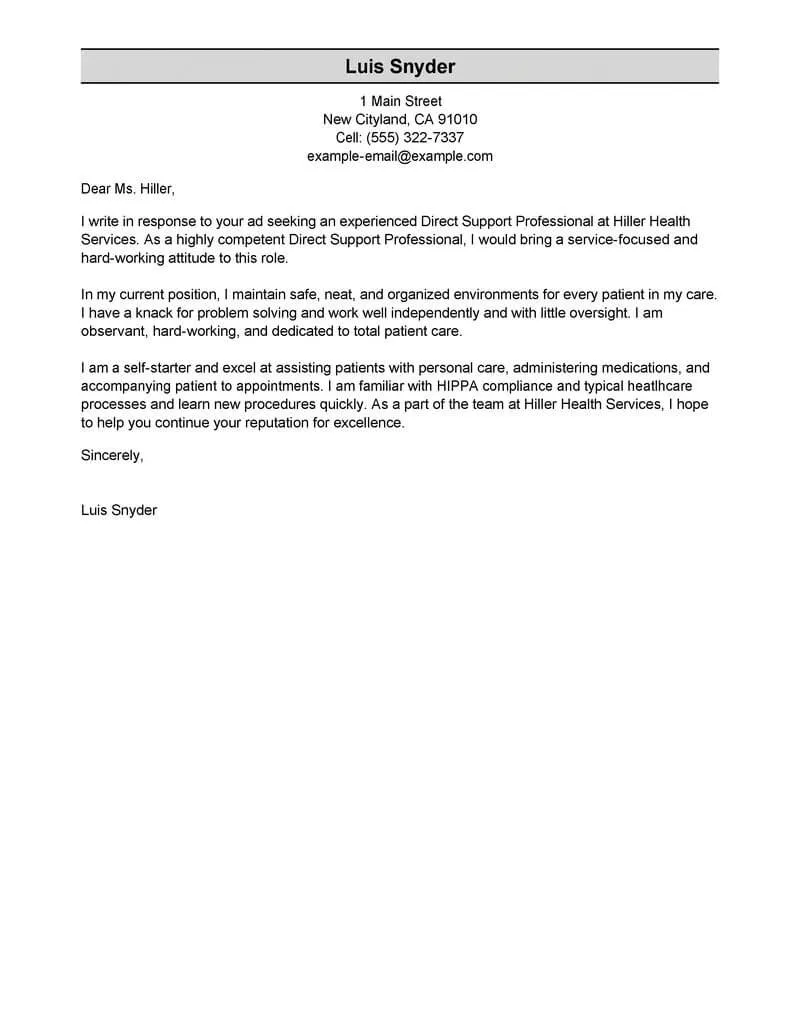
Begin with your full name, professional email address, phone number, and optionally, your LinkedIn profile URL. Ensure your email address is professional-sounding, and your LinkedIn profile is up-to-date and reflects your qualifications. Make it easy for the recruiter to reach you. Include any relevant professional social media links. Keep it easily readable and organized.
Date
Include the date you are sending the cover letter. This is crucial for the employer to know when the application was sent and ensures they can easily track the application.
Hiring Manager’s Information
If possible, find the name of the hiring manager or the specific person to whom you should address your letter. Use their title and the company address, if you know it. Personalizing your cover letter demonstrates that you’ve taken the time to research the organization and understand the role you are applying for.
Greeting
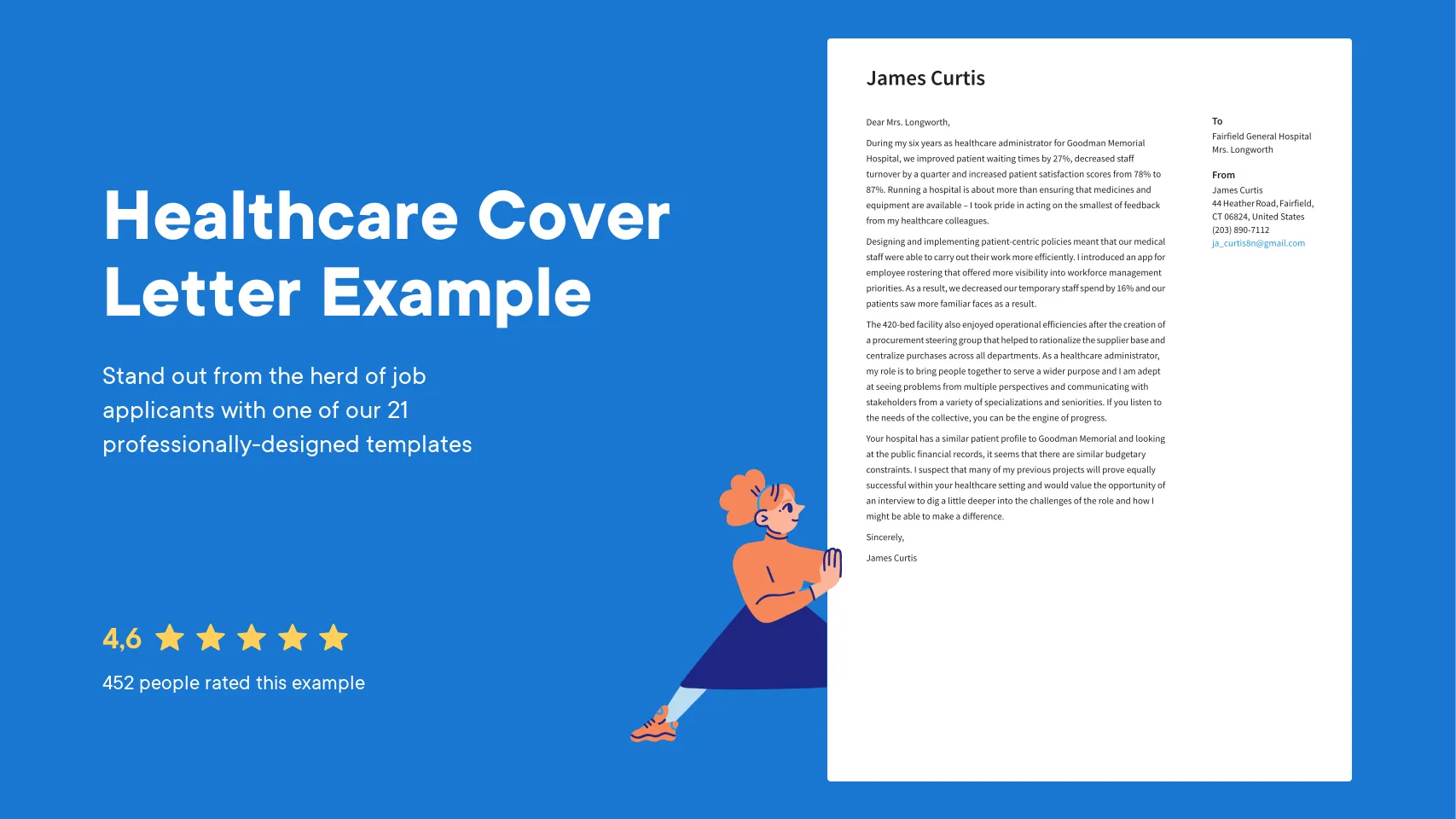
Start with a professional greeting, such as “Dear Mr./Ms./Dr. [Last Name]” if you know the hiring manager’s name. If you are unsure of the name, use a general greeting like “Dear Hiring Manager” or “Dear [Department Name] Team.” Avoid generic greetings like “To Whom It May Concern” as they can make your letter seem impersonal.
The Opening Paragraph: Grabbing Attention
Your opening paragraph should immediately capture the reader’s attention and establish the purpose of your letter. This is where you make your first impression, so it is critical to be compelling. Start by clearly stating the position you are applying for and how you learned about it. Show your enthusiasm for the role and the organization. Briefly highlight a key achievement or skill that makes you an ideal candidate. You can start by mentioning a mutual connection, a recent accomplishment, or the organization’s mission. Keep it concise and impactful. The goal is to pique the interest of the hiring manager and encourage them to continue reading. Don’t just restate your resume; instead, give them a glimpse of your personality, passion, and qualifications.
Highlighting Your Key Skills and Experience
The body of your cover letter should focus on demonstrating how your skills and experience align with the job requirements. It is essential to provide concrete examples and tangible evidence that supports your claims. Instead of simply listing your skills, use specific examples to show how you have applied them in previous roles. Structure your content logically, using a few key paragraphs to highlight the most relevant aspects of your background. This helps the hiring manager quickly understand how your qualifications match the job description. Use keywords from the job posting to show that you are a good match. This approach helps the hiring manager easily recognize how well your skills and experience align with the needs of the role and the organization. This will significantly increase your chances of getting an interview.
Showcasing Relevant Healthcare Experience
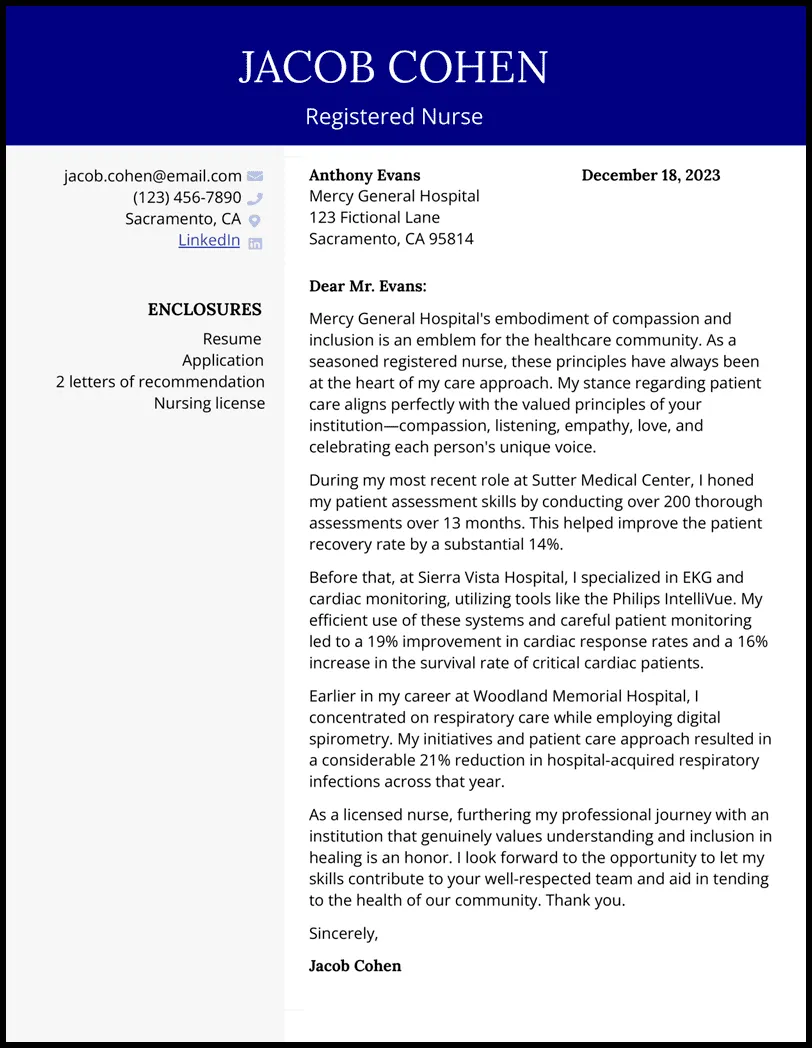
Focus on healthcare-specific experiences and accomplishments. Discuss any experience in hospitals, clinics, or other healthcare settings. Highlight any specific roles, tasks, or projects that align with the job description. Showcase experience with patient care, administrative duties, or research, depending on the position. Provide details about your roles and responsibilities. This will give the hiring manager a clear view of your experience and potential fit.
Quantifying Your Achievements
Use numbers and data to illustrate your accomplishments. Quantify your achievements whenever possible. Provide statistics on patient satisfaction, improved efficiency, or any other measurable outcomes. For example, instead of saying ‘Improved patient care,’ state ‘Improved patient satisfaction scores by 15% through implementing new protocols.’ Quantifiable results make your claims more convincing and demonstrate the impact you have made in previous roles. This helps the hiring manager easily assess the value you bring to the organization.
Demonstrating Your Passion for Healthcare
Express your genuine passion for healthcare and your commitment to the field. Mention your interest in patient care, medical research, or healthcare administration, as it aligns with the job requirements. Show your understanding of the challenges and rewards of working in healthcare. Discuss any professional goals and how the position aligns with your career aspirations. Show your genuine interest in the field and your commitment to providing the best possible care. The hiring manager wants to see that you are not just looking for a job, but that you are truly enthusiastic about healthcare and contributing to patient well-being. This can set you apart from other candidates.
Tailoring Your Cover Letter to the Job Description
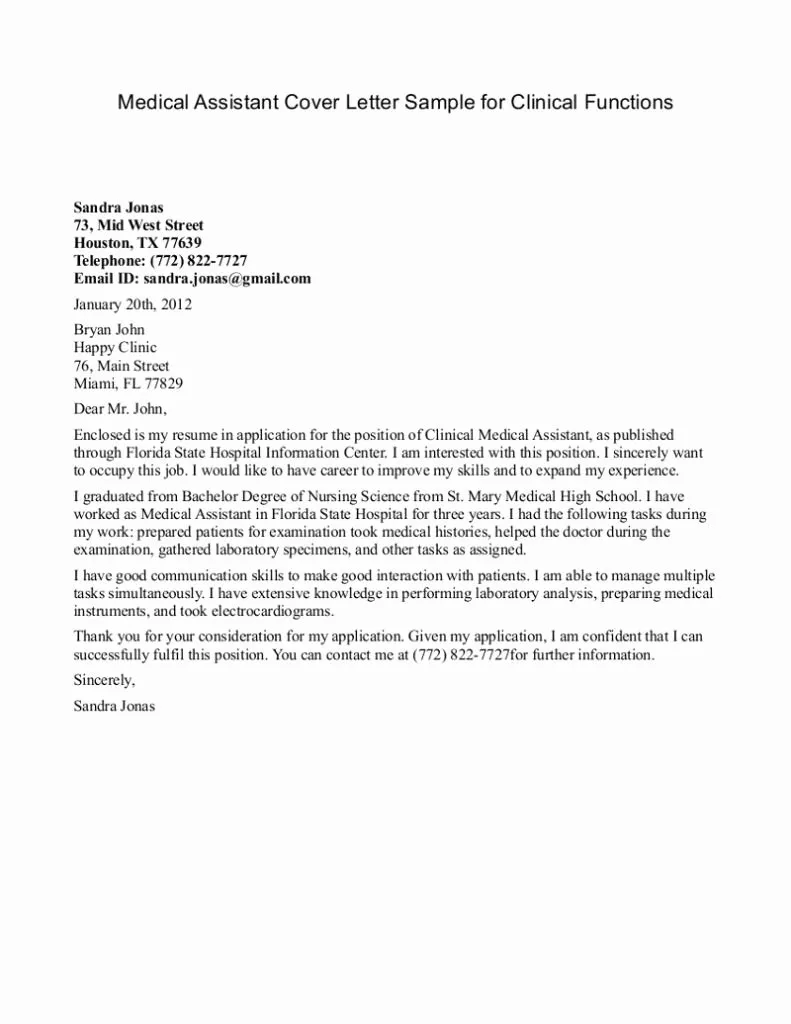
Customizing your cover letter for each job application is critical to demonstrating that you have carefully considered the role and the organization. Every job posting has specific requirements and preferences; customizing your cover letter ensures you address these directly. Carefully review the job description and identify the key skills, experiences, and qualifications the employer is seeking. Use keywords and phrases from the job posting to showcase that you possess these qualities. Adjust your cover letter to emphasize those skills and experiences most relevant to the role. Use your accomplishments to illustrate how you can meet the employer’s needs. Customizing your cover letter shows that you have invested the time and effort to understand the position and are excited about the opportunity. This personalized approach helps you make a strong impression, increasing your chances of getting an interview.
Keywords and Phrases to Include
Carefully review the job description and identify keywords related to the role. Incorporate those keywords and phrases into your cover letter naturally. Use a mix of hard skills (e.g., medical coding, phlebotomy) and soft skills (e.g., communication, teamwork) that the job posting emphasizes. Make sure you use these words and phrases throughout your cover letter. This helps highlight your qualifications and ensures that your application is optimized for applicant tracking systems (ATS). It also shows the hiring manager that you’ve read and understood the job requirements, increasing your chances of getting noticed.
Addressing the Employer’s Needs
Demonstrate that you understand the employer’s needs and challenges. Research the healthcare organization and its mission, values, and recent activities. Align your skills and experience with what the organization is looking for. Show how you can contribute to the organization’s goals. Provide specific examples of how you have addressed similar challenges in the past. This shows the hiring manager that you are not just qualified, but that you are also a good fit for their organization and can provide solutions.
The Closing Paragraph: Call to Action
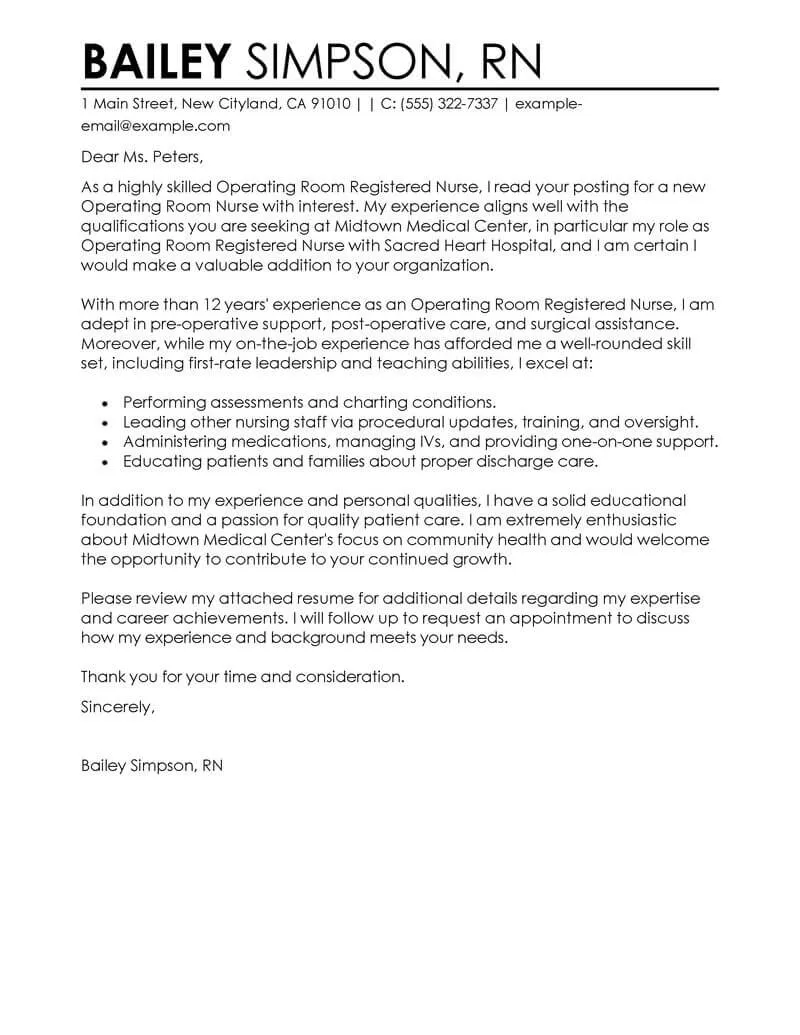
Your closing paragraph provides a final opportunity to reiterate your interest and encourage the hiring manager to take action. It should be clear, concise, and action-oriented, making it easy for the employer to take the next step. A well-written closing can significantly influence the hiring manager’s decision and improve your chances of an interview. This ensures the hiring manager knows you are enthusiastic about the role and prompts them to act, increasing the likelihood of your application moving forward.
Expressing Gratitude
Thank the hiring manager for their time and consideration. Express your appreciation for the opportunity to apply for the position. Keep it concise and sincere; it shows professionalism and good manners.
Reiterating Your Interest
Reiterate your strong interest in the position and the organization. Briefly restate your enthusiasm for the role. Emphasize your key qualifications and how they align with the job requirements. Show your genuine excitement about contributing to the healthcare organization’s mission. By re-emphasizing your interest, you leave a lasting impression and increase the likelihood of being considered for an interview.
Professional Closing and Signature
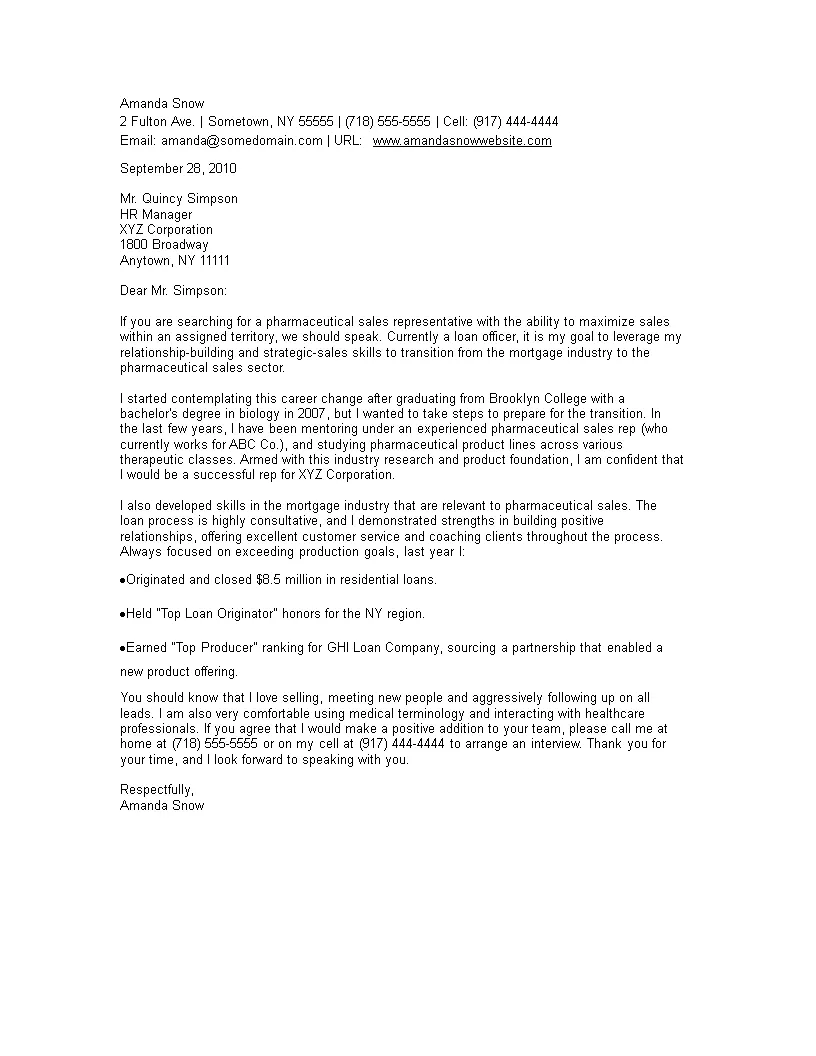
Use a professional closing, such as “Sincerely,” “Best regards,” or “Yours faithfully.” Type your full name below the closing. If submitting a printed cover letter, leave space for your handwritten signature above your typed name. Use a professional closing that is appropriate for the context of your application, and ensure the signature is easily identifiable and professional. This closes the letter in a polished manner, reinforcing your professionalism and preparedness for a job in healthcare.
Formatting and Proofreading Your Cover Letter
Proper formatting and meticulous proofreading are essential to create a professional and error-free cover letter. These elements enhance readability and demonstrate attention to detail, making a great first impression on the hiring manager. Ensure your cover letter is well-organized, easy to read, and free of errors. The formatting enhances your letter’s overall professionalism. Consistent attention to detail demonstrates that you are organized, professional, and take pride in your work, which are all highly valued traits in the healthcare field. Taking the time to format and proofread your cover letter will improve your chances of being considered for the role.
Font and Style Recommendations
Choose a professional and readable font like Times New Roman, Arial, or Calibri. Use a font size between 10 and 12 points. Use clear formatting with consistent spacing and margins. Ensure that all text aligns neatly and that headings and paragraphs are easy to distinguish. Consistent formatting helps to ensure that the letter is easy to read and visually appealing.
Proofreading Checklist
Carefully proofread your cover letter for any grammatical errors, spelling mistakes, and punctuation issues. Check for clarity, conciseness, and consistency. Read your cover letter aloud to catch any awkward phrasing or run-on sentences. Have a friend or colleague review your letter for feedback. Proofreading is essential to ensure that your cover letter is polished and professional. It will help you avoid making a bad first impression.
Healthcare Cover Letter Examples and Templates
Use cover letter examples and templates as a helpful starting point for creating your own cover letter. These resources can give you inspiration and provide a framework to follow. Tailor the examples to your own experiences and the specific job requirements. Make sure the content accurately reflects your skills and accomplishments. Always personalize your cover letter to make it stand out from the generic examples and templates. Using templates and examples allows you to customize your application effectively and strategically, which can improve your chances of getting an interview.
Common Mistakes to Avoid
Avoiding common mistakes can significantly increase your chances of getting noticed. Common errors can negatively impact your application. Being aware of these mistakes and taking steps to avoid them can give you an edge over other candidates and help you make a better first impression.
Generic Cover Letters
Avoid sending a generic cover letter that is not tailored to the specific job or organization. Always customize your cover letter to match the requirements of the role and the values of the healthcare organization. Generic cover letters show that you have not taken the time to understand the position. Personalizing the letter increases your chances of capturing the hiring manager’s attention. Customization demonstrates that you are genuinely interested in the opportunity and have taken the time to understand the organization’s needs.
Typos and Grammatical Errors
Always proofread your cover letter carefully to avoid any typos or grammatical errors. These errors can undermine your professionalism and make you appear less detail-oriented. Proofreading ensures your letter is polished and professional, as well as increasing your chances of making a good first impression. A mistake-free cover letter demonstrates professionalism and attention to detail, which are crucial in the healthcare field.
Focusing Solely on Your Needs
Do not make the cover letter all about what you want; instead, focus on how you can meet the needs of the employer. Show how your skills and experience can benefit the organization. Tailoring the letter will demonstrate that you understand the job requirements and are a good fit for the organization. Your cover letter is an opportunity to show how you can help solve their problems or contribute to their mission. Make it clear that you can add value to the healthcare organization.
Final Thoughts and Next Steps
By following these guidelines, you will be well on your way to crafting a compelling cover letter that effectively showcases your skills, experience, and passion for healthcare. A well-crafted cover letter can be the difference between getting an interview and being overlooked. Your cover letter is an important element of your job application, which is why it’s essential to ensure it reflects the best of your qualifications and professionalism. Remember to review and revise your cover letter based on the requirements of the job. Good luck with your job search!
